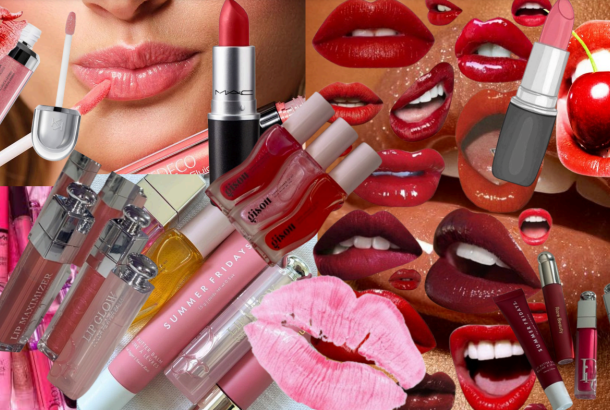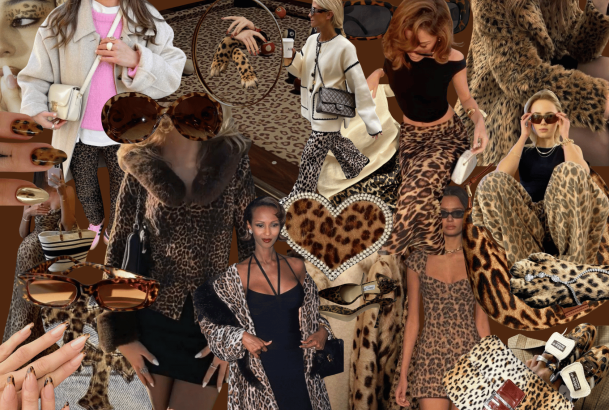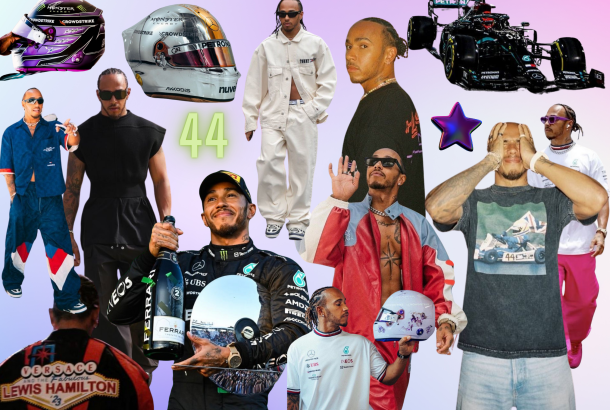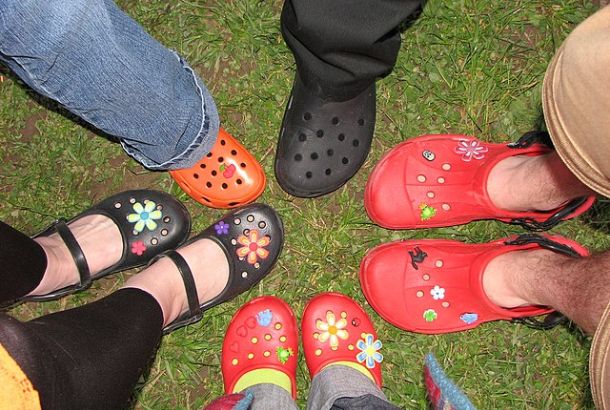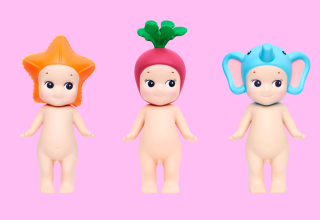Thugs bunny
In an era where hybrid cars occupy the roads, vegan restaurants are popping up everywhere, and even infant children know the ins-and-outs of recycling, it comes as a shock that the fashion industry still promotes the use of animal furs and skins. When the quality of faux fur lining the rails is just as good as the real thing, why is there still a need to indulge in ripping the hide from an animal’s back because it would look ever so cute on a pair of gloves?
Image: Topshop
This is a heated debate that still continues to create friction within the world of luxury fashion, but the latest animal cruelty issue has turned heads away from the catwalks of Paris and Milan towards our very own high street. In late 2013, undercover footage in China shot by PETA, depicted live rabbits having their precious fur ripped from their bodies, the pain and shock so unbearable the animals’ screams resembling those of a child. I assume your mind is plastered with horrible and disturbing images, and the graphic nature of the video is not for the faint hearted, but it is extremely important to acknowledge the fact that the wonderfully soft angora jumper you’ve been dying to buy from Topshop has been sourced from these incredibly cruel circumstances. Naively, we have believed that the cultivation of angora fur came from the gentle brushing of bunnies, but this luxury fibre’s production has evolved from being a worldwide industry to having 90% (according to the International Wool Textile Organisation) being sourced in China. It is well-known that China’s legislation concerning animal protection is pretty much (or definitely) non-existent, and of course the temptation of low production costs and high profits is too enticing for companies to pass by. So no wonder all of our favourite high-street stores have been filled with these unethical and cheaply-produced angora garments.
Since PETA’s reporting of this vile practice, outrage amongst shoppers has sparked many big high-street brand names, such as H&M and New Look, to suspend the order and sale of any angora garments. However, frontrunners such as Topshop and Zara, only when confronted with petitions containing hundreds of thousands of signatures did they too halt all production of angora products. Yet despite all of these brands’ attempts to publicly right this very bad wrong, the cruelty in the production of angora, as well as other animal skins, seems unnecessary in this day and age. Mock leather and faux fur provide an extremely effective alternative to the real deal, with the benefits of subtracting the trauma and slaughter of innocent animals from the equation. In a world where it is second nature to recycle our tins and plastic, why is it still considered the norm to wear a tortured bunny on your back?
